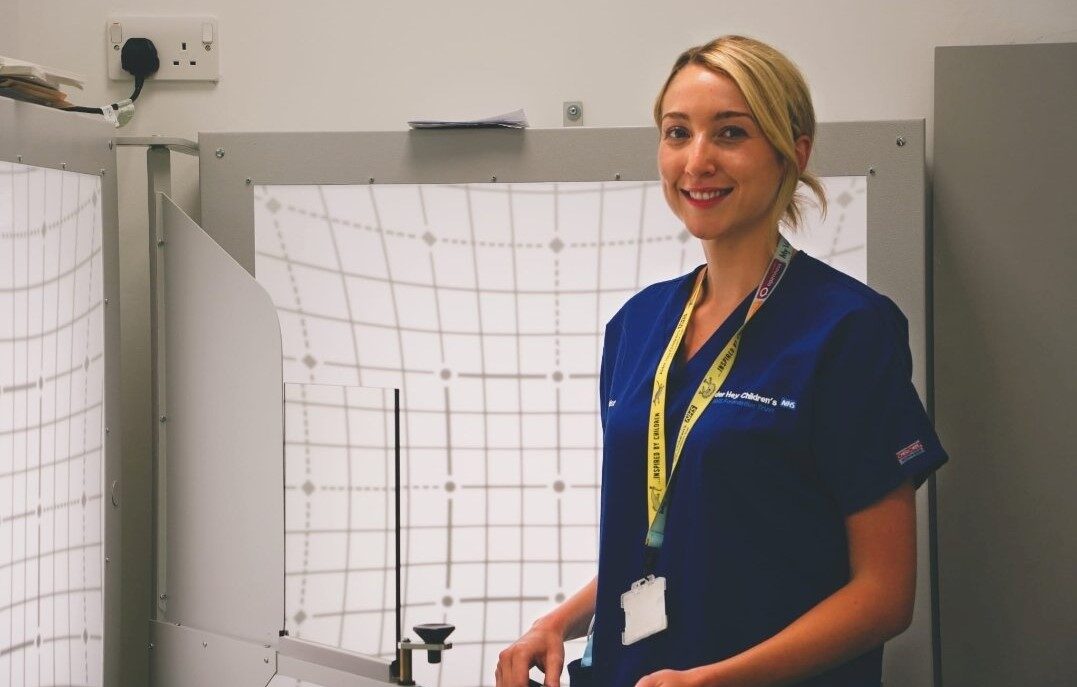Accessibility testing is an essential step towards ensuring that websites and digital content are usable by people of all abilities. Here, we will guide you through the basics of getting started with web accessibility testing.
Why accessibility testing matters
Web accessibility is about creating a service that can be accessed, understood, and navigated by everyone, including people with disabilities. Accessible websites benefit all users. Clear navigation, information and structured content will enhance the user experience for everyone.
Getting started with accessibility testing
Educate yourself
Begin by familiarising yourself with the Web Content Accessibility Guidelines (WCAG) documentation. We would recommend you read through this documentation to understand the key principles and success criteria before testing your website.
Select the right testing tools
There are various web accessibility testing tools available. Some popular ones include:
- Mac OSX VoiceOver
- WebAIM Color Contrast Checker
- Microsoft Accessibility Insights
- Wave
- Google Lighthouse
These tools can help you identify issues in your website’s code and content.
Learn about assistive technologies
To better understand the user experience for individuals with disabilities, you should learn how to use assistive technologies like screen readers, voice recognition software, and keyboard navigation.
Check for common accessibility issues
You should start with common accessibility issues such as missing alt text for images, improper heading structure, and keyboard navigation problems. Testing these aspects will have a significant impact on your website’s accessibility.
Practise manual testing
While automated tools are helpful, manual testing is crucial for a thorough evaluation. Use keyboard navigation, screen readers, and other assistive technologies to navigate your website and identify issues. Automated tools are said to only test around 30 to 40% of a website’s accessibility, so manual testing is imperative to ensuring your website is accessible.
Familiarise yourself with best practices
Keep up to date with best practices that promote accessibility, such as semantic HTML, proper use of headings, and providing text alternatives for video content. At Mixd, we are able to support you with a range of accessibility training courses that can help you further develop your understanding of accessibility.
Document and prioritise issues
As you discover accessibility issues, document them and prioritise based on their impact. This will help you plan and track your progress in improving accessibility.
Involve real users
Whenever possible, involve individuals with disabilities in your testing process. They can provide insights and feedback on your website’s accessibility.
Continuously improve
Accessibility is an ongoing journey. Regularly test and update your website to maintain and improve its accessibility over time.
While understanding the basics of conducting your own accessibility testing, GOV.UK recommends that these tests are carried out by either a specialist in your organisation with sufficient web accessibility knowledge, or an audit is to be carried out by a trusted agency, like us, to ensure all aspects are covered.
